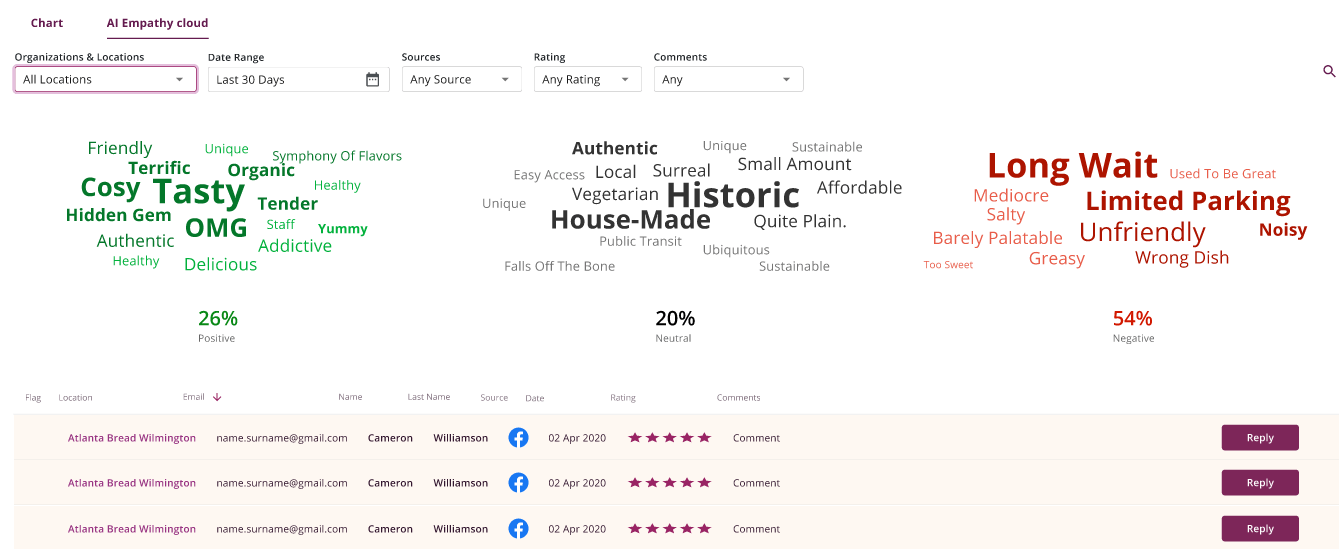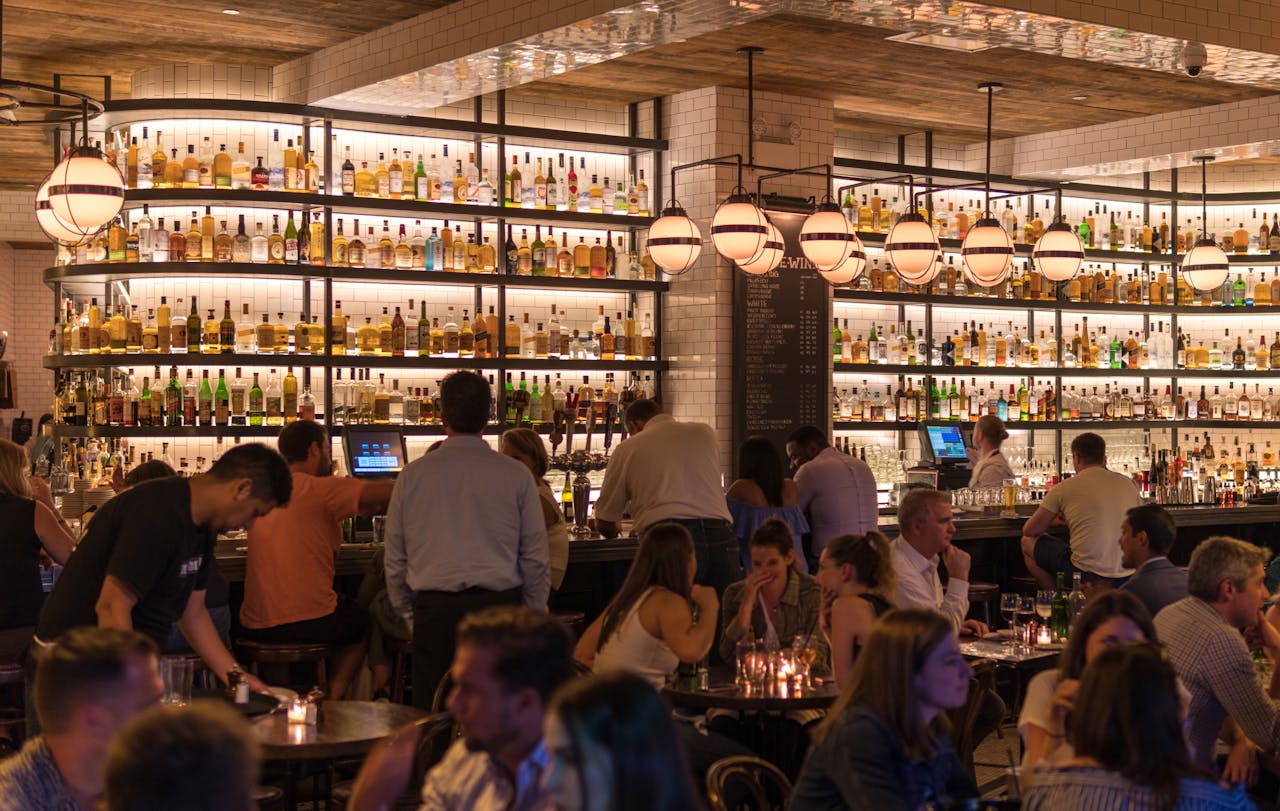When it comes to running an efficient restaurant business, every minute counts.
Restaurant operators and marketers juggle multiple responsibilities, from staff management and purchasing to finances and guest satisfaction. Amid these demands, effective marketing often takes a back seat despite its critical role in driving revenue.
Restaurant marketing professionals are constantly bombarded with tasks – crafting compelling content, managing social media campaigns, email marketing, and analyzing guest data to create personalized campaigns – all while striving to fill seats daily. This relentless workload can quickly lead to burnout and hinder achieving marketing goals.
Enter marketing automation, a game-changing tool that offers a powerful solution to automate your marketing tasks and drive revenue. Here, we’ll explore how marketing automation can transform daily restaurant marketing and operations, highlighting its time-saving benefits and cost-saving potential and how automation can drive results.
The hospitality industry is increasingly integrating marketing automation with customer data platforms (CDPs) to streamline guest data management and improve personalized marketing efforts. This integration helps create comprehensive guest profiles and tailor marketing campaigns accordingly (Hospitality Net).
Let’s take a look at how restaurateurs can use marketing automation to improve their business.
From First Bite to Loyal Fan: Automating the Customer Journey
Marketing automation uses software and technology to streamline, automate, and measure marketing tasks and workflows at scale.
This enables restaurant owners and marketers to improve operational efficiency, deliver personalized guest experiences, and optimize marketing efforts across various channels.
For restaurants, this can include managing email campaigns and social media posts, collecting and analyzing guest data, managing online reviews, and more.
By automating these tasks, restaurant marketers can focus on creativity and strategy while leaving routine tasks to automation. At the same time, it allows restaurant owners to focus on running a successful business and keeping guests satisfied and coming back.

1. Email Marketing Automation
Restaurant email marketing remains a powerful and low-cost tool for engaging with guests. However, manually managing email lists, crafting personalized messages, and scheduling sends can be time-consuming.
When integrated with marketing automation, email marketing becomes a powerful solution to drive guest retention, enhance personalized experiences, and increase revenue from existing guests.
Marketing automation tools can handle these tasks effortlessly. With automation, restaurants can:
- Welcome New Guests: Automatically send a welcome email to new subscribers, introducing them to your restaurant, sharing special offers, and inviting them to join your loyalty program.
- Send Birthday and Anniversary Offers: Personalize emails with special discounts or offers on guests’ birthdays or anniversaries, enhancing guest satisfaction and encouraging repeat visits.
- Follow-Up on Reservations: Send a thank you email and request feedback after a guest dines. Positive reviews can be encouraged, while negative feedback can be addressed promptly to improve service.
- Send First-Party Surveys: Discover customer sentiment by sending survey questions to guests after they dine in, carry out, or order online.
- Get Back Lost Guests: Identify and bring back lost guests with offers that resonate with your guests.
Emails can be configured to send based on specific guest behavior and/or demographic data. For instance, women over 30 who visit more than once a week. With this kind of specific targeting, email messaging can be crafted to be extremely engaging to that specific audience. This not only increases engagement but ROI as well.
2. Personalizing Guest Interactions
Personalization is an important aspect of engaging guests effectively and enhancing their dining experience. Automated marketing tools significantly streamline the process of personalizing messaging content, making it possible to deliver tailored messages and offers at scale.
By leveraging guest data, restaurants can create custom recommendations that resonate with individual preferences and past behaviors. This targeted approach ensures that the content is relevant and appealing to the recipient, increasing the likelihood of engagement and repeat visits.
This enhances guest satisfaction and increases the likelihood of repeat business.
Behavioral triggers are another powerful feature of automated email marketing. These triggers send specific emails based on a guest’s actions or inactivity.
For example, if a guest hasn’t visited the restaurant in a while, an automated system can send a special offer or a reminder of what they’ve been missing, encouraging them to return. This proactive approach helps to maintain engagement and fosters loyalty.
Personalization extends beyond just offers and promotions. It includes recognizing and celebrating special occasions.
Automated birthday and anniversary emails can make guests feel valued and appreciated. These emails can offer special discounts or complimentary items, encouraging guests to celebrate their special days at the restaurant, thus enhancing their loyalty and increasing the likelihood of repeat visits.

3. Managing Online Reviews
In today’s digital age, a restaurant’s reputation is heavily influenced by online reviews. Potential guests often decide where to dine based on feedback they read on platforms like Google, Yelp, Facebook, and TripAdvisor. Effective restaurant reputation management is key to maintaining a positive reputation and attracting new guests by increasing your discoverability online.
Manually monitoring and responding to reviews on multiple platforms can be overwhelming. Marketing automation tools play a vital role in streamlining the monitoring and management of online reviews.
Marketing automation tools simplify this process by aggregating reviews from various sites into a single dashboard. This centralized approach allows restaurant managers to quickly access all reviews in one place, eliminating the need to jump between websites.
Responding to online reviews demonstrates that a restaurant values guest feedback. Marketing automation tools streamline this process by using response templates, rules, and AI that can be customized to address common issues, saving time and ensuring a consistent tone.
For example, a negative review about slow service can be addressed with a template acknowledging the issue, apologizing, and offering a solution or incentive for the guest to return. Positive reviews can be acknowledged with a thank-you message expressing appreciation for the guest’s feedback.
While automation assists with the initial response, it’s important that responses are personalized to some degree to avoid appearing insincere.
To overcome this issue, solutions like Bloom Intelligence use the power of AI to answer reviews automatically using a unique response based on templates, rules, and the voice of your brand. This ensures brand consistency and timely review responses.
Bloom also provides a customer sentiment word cloud and qualitative AI that provides summaries and advice that is updated in real-time (see image) and can quickly show you customer sentiment without reading through dozens or hundreds of reviews. By analyzing these trends, restaurant managers can gain valuable insights into areas that need improvement and those that guests particularly appreciate.

For example, if multiple reviews mention that the food is excellent but the service is slow, this feedback highlights an area for operational improvement. Or, if reviews consistently praise the friendly staff, this strength can be emphasized in marketing campaigns.
Understanding these trends enables managers to make data-driven decisions to enhance guest satisfaction and operational efficiency.
Time is Money: Translating Time Savings into Cost Savings
The primary advantage of marketing automation is its ability to save time. By automating repetitive tasks, restaurant staff can focus on more strategic and high-impact activities.
These time savings can directly translate into cost savings. By reducing the need for manual labor and improving operational efficiency, restaurants can lower their overall costs.
Here are a few of the ways:
1. Lower Labor Costs
With marketing automation handling repetitive tasks, restaurants can operate with less staff dedicated to manual marketing activities. This reduces labor costs and allows existing staff to focus on more value-added tasks, such as improving guest experiences and developing new marketing strategies.
2. Improved Resource Allocation
Automation enables better resource allocation. Time and effort saved on manual tasks can be redirected to strategic initiatives that drive revenue growth. For example, staff can spend more time analyzing guest feedback, refining menus, or enhancing in-restaurant or online ordering experiences.
3. Reduced Marketing Expenses
Automated email marketing campaigns are often more cost-effective. For instance, email marketing automation can reach a large audience at a fraction of the cost of direct mail. Additionally, automated systems can optimize marketing spend by targeting the most receptive segments of your audience, reducing wasted efforts on less responsive groups.
4. Increased Revenue through Personalization
Personalized marketing has been shown to increase guest engagement and revenue. Automation makes it easier to deliver personalized messages and offers at scale without additional cost. By targeting guests with relevant promotions based on their preferences and behavior, restaurants can drive higher conversion rates and increase average spend.
5. Enhanced Guest Retention
Retaining existing guests is more cost-effective than acquiring new ones. Marketing automation helps improve guest retention by ensuring consistent and personalized communication and touchpoints. Loyal guests are more likely to return, spend more, and recommend your restaurant to others, boosting overall revenue.

Your Automation Journey Starts Now
Marketing automation offers transformative benefits for restaurants, from streamlining daily operations to saving time and reducing costs.
By automating repetitive marketing tasks, restaurants can focus on delivering exceptional guest experiences and driving revenue growth. The key is to choose the right automation tools and integrate them seamlessly into your existing systems.
For instance, Bloom Intelligence integrates with the top online ordering platforms, reservation systems, online review sites, websites, and WiFi. These integrations allow you to automatically build guest lists by guest type and trigger personalized marketing messages or review responses that drive revenue now.
Marketing automation is essential for staying competitive as the restaurant industry evolves. Restaurants that embrace this technology will be equipped to drive revenue and fill seats when they need it. Not automating birthdays, anniversaries, and lost guest offers leaves money on the table. Not automating these tasks just means you or your team have to spend a significant amount of time to achieve a fraction of the results that marketing automation can deliver.
The right restaurant marketing platforms will automate these difficult tasks and make marketing a much easier process.
Discover Bloom Intelligence
Bloom Intelligence is an AI-powered restaurant marketing platform. It includes a powerful customer data platform, automated guest data collection, marketing automation, and reputation management tools.
Guest data is collected from WiFi logins, online reservation systems, online ordering platforms, POS systems, website forms, social media, and more. and aggregated into one platform. Creating a single customer view, automatically building guest lists that then can be used to trigger personalized marketing and responses that put butts in seats.
Bloom takes advanced marketing strategies, making it simple for restaurant marketers and operators to drive revenue now.
Click Here to Schedule a Free Online Demo, or call 727-877-8181 to see how we can help you save time and drive tangible results for your restaurants.




.svg)